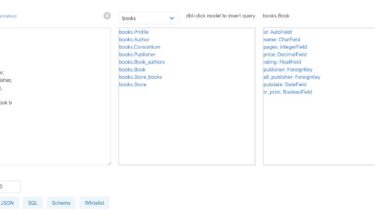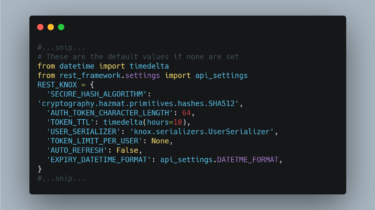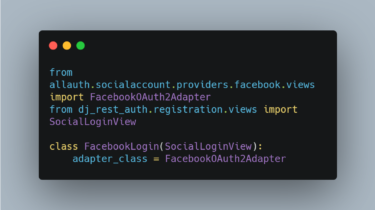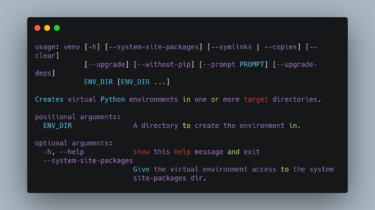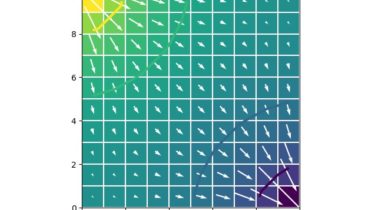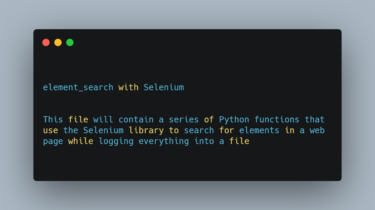An instant remote API to your Django models data with a powerful query language
Djaq Djaq – pronounced “Jack” – provides an instant remote API to your Django models data with a powerful query language. No server-side code beyond two lines of config is required. You don’t write backend classes, serializers or any other code to be able to immediately get whatever data you want to the client. And it is blazing fast. Djaq queries are strings. A query string for our example dataset might look like this: (b.name as title, b.publisher.name as publisher) […]
Read more